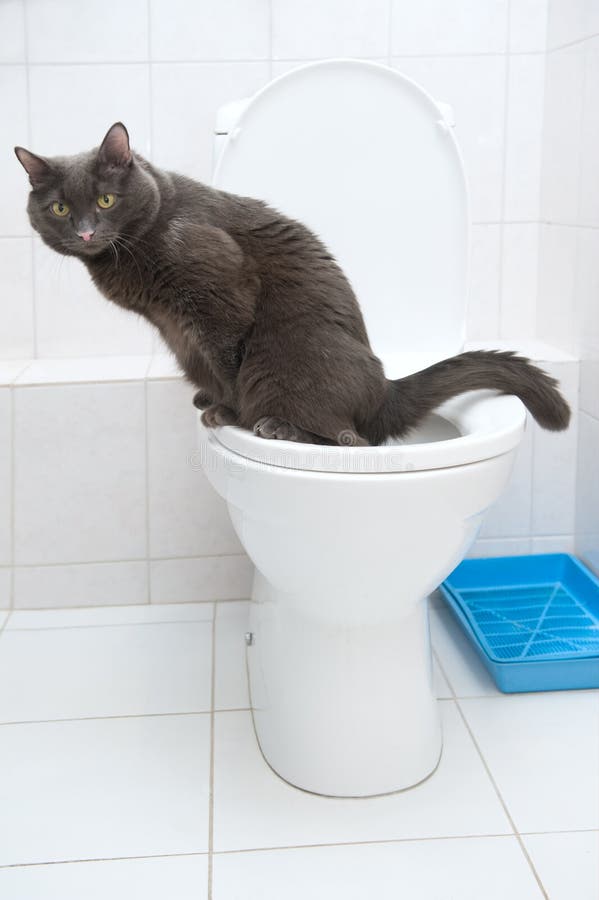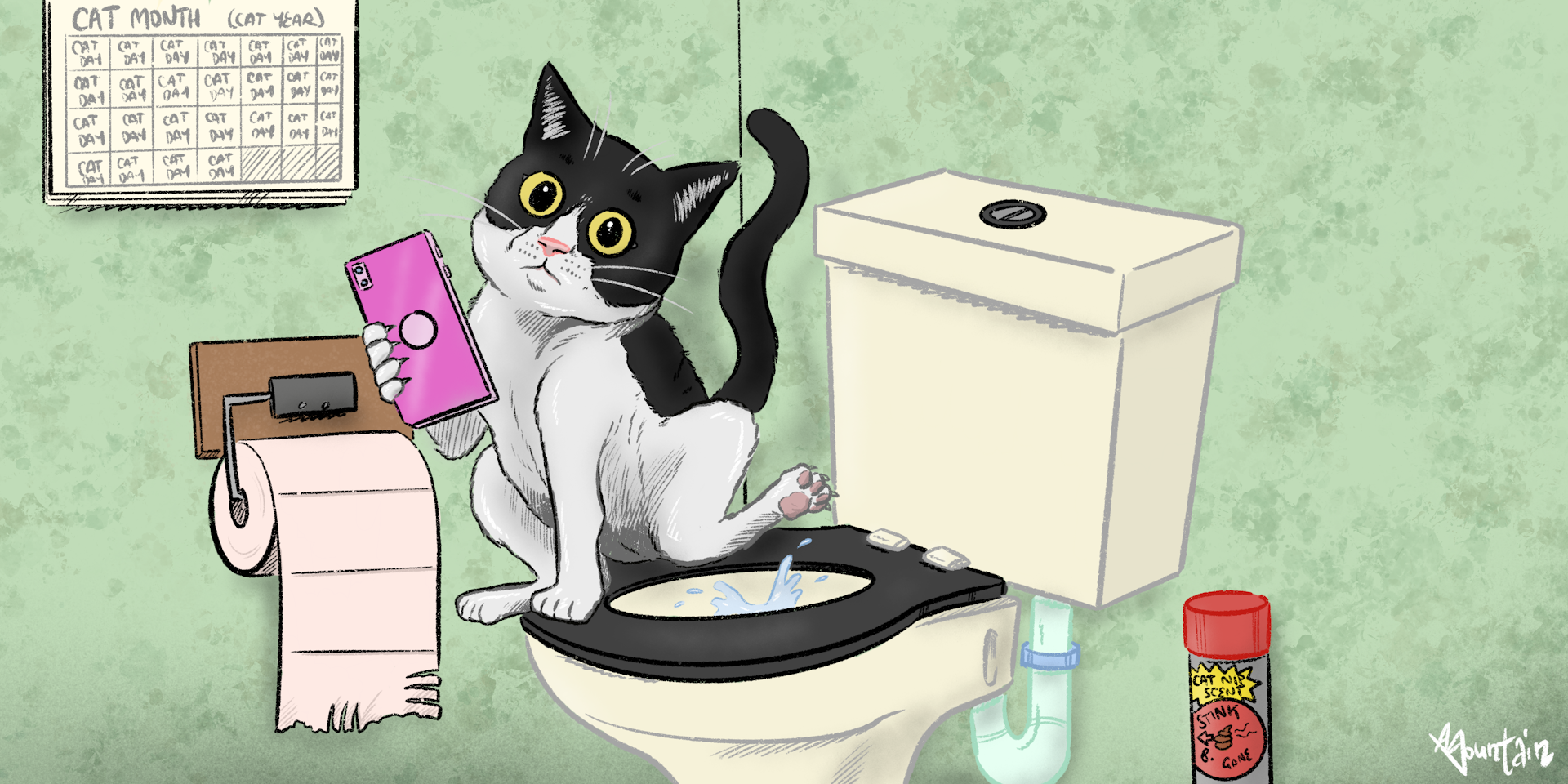The author is making several good points about Don’t flush cat feces down the toilet as a whole in the article down below.

Introduction
As pet cat proprietors, it's vital to bear in mind just how we get rid of our feline friends' waste. While it may appear convenient to flush cat poop down the commode, this technique can have harmful repercussions for both the atmosphere and human wellness.
Environmental Impact
Purging cat poop introduces damaging virus and bloodsuckers into the water system, posturing a significant danger to marine ecological communities. These contaminants can negatively influence aquatic life and concession water top quality.
Health and wellness Risks
In addition to ecological worries, flushing cat waste can also pose health and wellness risks to people. Pet cat feces may include Toxoplasma gondii, a parasite that can trigger toxoplasmosis-- a possibly extreme disease, particularly for pregnant ladies and individuals with damaged body immune systems.
Alternatives to Flushing
Thankfully, there are safer and much more accountable ways to throw away cat poop. Think about the complying with alternatives:
1. Scoop and Dispose in Trash
The most typical method of getting rid of pet cat poop is to scoop it right into a naturally degradable bag and toss it in the garbage. Make sure to utilize a specialized trash inside story and dispose of the waste immediately.
2. Use Biodegradable Litter
Choose eco-friendly pet cat clutter made from materials such as corn or wheat. These trashes are eco-friendly and can be safely taken care of in the trash.
3. Bury in the Yard
If you have a lawn, take into consideration hiding pet cat waste in a designated location away from veggie gardens and water sources. Be sure to dig deep enough to stop contamination of groundwater.
4. Install a Pet Waste Disposal System
Invest in an animal garbage disposal system particularly developed for pet cat waste. These systems use enzymes to break down the waste, decreasing odor and environmental effect.
Conclusion
Liable animal possession expands beyond supplying food and sanctuary-- it likewise entails correct waste management. By avoiding purging pet cat poop down the commode and choosing alternative disposal methods, we can minimize our ecological impact and protect human health and wellness.
Why Can’t I Flush Cat Poop?
It Spreads a Parasite
Cats are frequently infected with a parasite called toxoplasma gondii. The parasite causes an infection called toxoplasmosis. It is usually harmless to cats. The parasite only uses cat poop as a host for its eggs. Otherwise, the cat’s immune system usually keeps the infection at low enough levels to maintain its own health. But it does not stop the develop of eggs. These eggs are tiny and surprisingly tough. They may survive for a year before they begin to grow. But that’s the problem.
Our wastewater system is not designed to deal with toxoplasmosis eggs. Instead, most eggs will flush from your toilet into sewers and wastewater management plants. After the sewage is treated for many other harmful things in it, it is typically released into local rivers, lakes, or oceans. Here, the toxoplasmosis eggs can find new hosts, including starfish, crabs, otters, and many other wildlife. For many, this is a significant risk to their health. Toxoplasmosis can also end up infecting water sources that are important for agriculture, which means our deer, pigs, and sheep can get infected too.
Is There Risk to Humans?
There can be a risk to human life from flushing cat poop down the toilet. If you do so, the parasites from your cat’s poop can end up in shellfish, game animals, or livestock. If this meat is then served raw or undercooked, the people who eat it can get sick.
In fact, according to the CDC, 40 million people in the United States are infected with toxoplasma gondii. They get it from exposure to infected seafood, or from some kind of cat poop contamination, like drinking from a stream that is contaminated or touching anything that has come into contact with cat poop. That includes just cleaning a cat litter box.
Most people who get infected with these parasites will not develop any symptoms. However, for pregnant women or for those with compromised immune systems, the parasite can cause severe health problems.
How to Handle Cat Poop
The best way to handle cat poop is actually to clean the box more often. The eggs that the parasite sheds will not become active until one to five days after the cat poops. That means that if you clean daily, you’re much less likely to come into direct contact with infectious eggs.
That said, always dispose of cat poop in the garbage and not down the toilet. Wash your hands before and after you clean the litter box, and bring the bag of poop right outside to your garbage bins.
https://trenchlesssolutionsusa.com/why-cant-i-flush-cat-poop/

We were shown that report about Don’t flush cat feces down the toilet through a good friend on a different web address. Sharing is nice. You just don't know, you may just be doing someone a favor. Thanks a bunch for your time. Please stop by our site back soon.
More Details